Easy Ways to Provide Shelter for Winter Birds and Wildlife
Winter is a tough season for all of us, including winter birds and wildlife. Check out these easy ways to provide them with a safe and comfortable shelter.
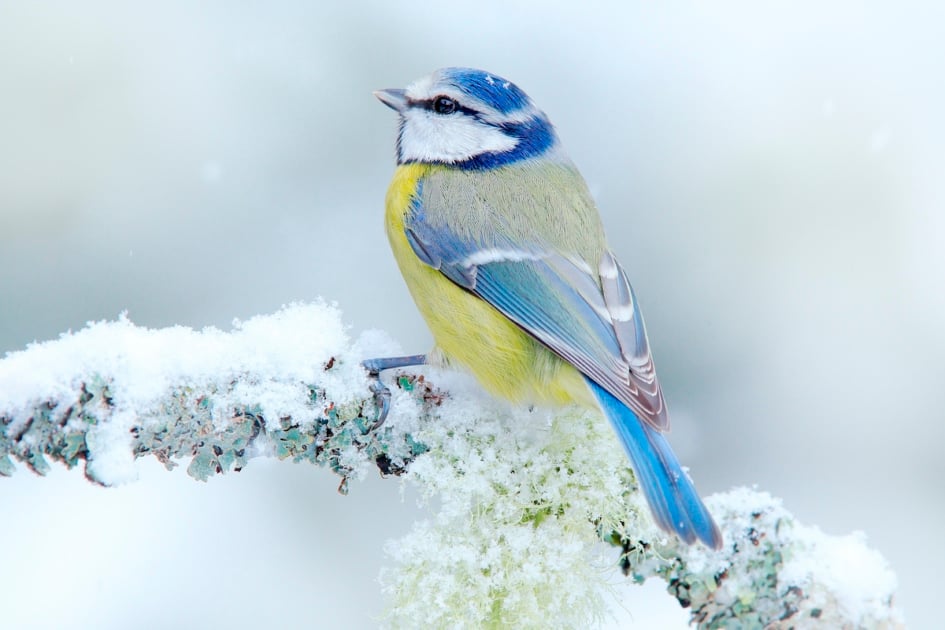
Winter can be a cruel, deadly season for all types of wildlife. While many birds migrate to warmer climates and other critters hunker down and hibernate through the season, there are those that tough it out, and these are the ones that need our help. There are many ways to provide a safe and comfortable shelter for winter birds and wildlife that can make a great difference for survival through the coldest season.
How Shelter Can Make a Difference
A well-built shelter provides protection against drafts and harsh winds, ensuring that birds and wildlife stay dry. This helps reduce the risk of hypothermia and frostbite, while also allowing animals to conserve energy during times of scarce food. Not only does the shelter offer safety from predators, but it also fosters the sharing of body heat among birds and small mammals, creating a warm and secure space for them to retreat when feeling threatened.
6 Best Shelters for Winter Birds and Wildlife
There are several different shelters that birds, small mammals, snoozing reptiles, overwintering insects, and other critters may take advantage of during the winter months. Providing a variety of shelter options in your yard will help protect all wildlife and keep them safe until spring.
1. Evergreen Landscaping
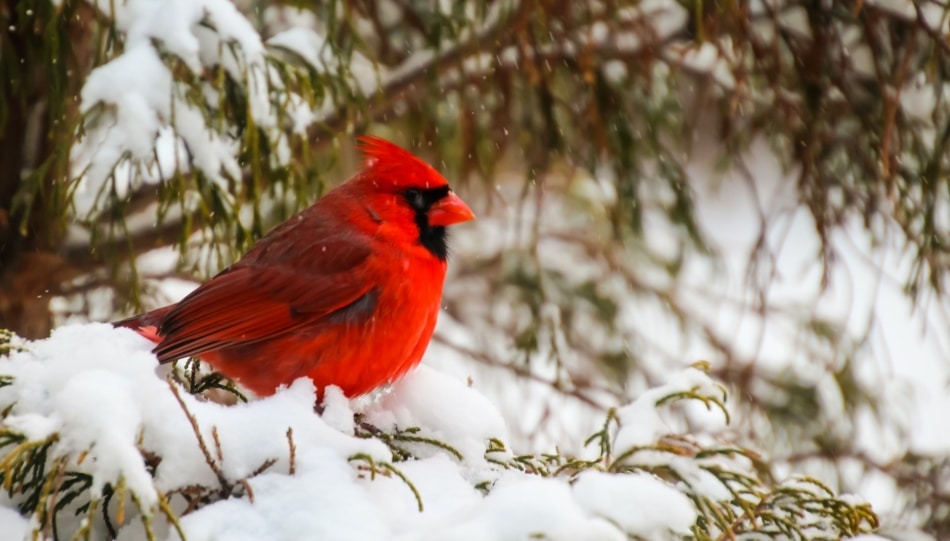
The same evergreen trees, shrubs, and ground covers you enjoy year-round can also provide shelter for wildlife. Plant evergreen landscaping, such as junipers, hollies, pines, and arborvitaes, in dense layers to create thicker cover and more robust shelter. Avoid pruning these plants in late summer or autumn to give wildlife more space to seek refuge. Additionally, consider planting other varieties that produce seeds, nuts, or berries to provide a food source for winter wildlife.
2. Brush Pile
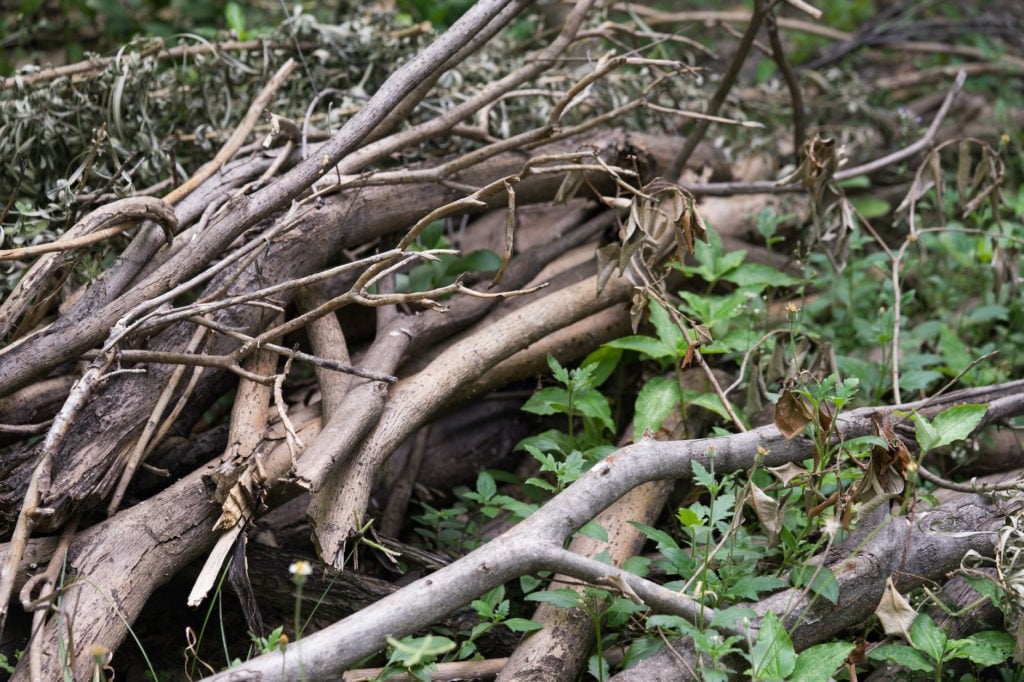
A brush pile offers shelter for different types of wildlife. Create a pyramidal shape using larger branches or tree trunks to provide interior space for resting. Layer branches, boughs, and leaves on top for insulation. This also provides a food source for foraging. Adding fallen leaves on top helps seal drafts and gaps.
3. Wood Piles
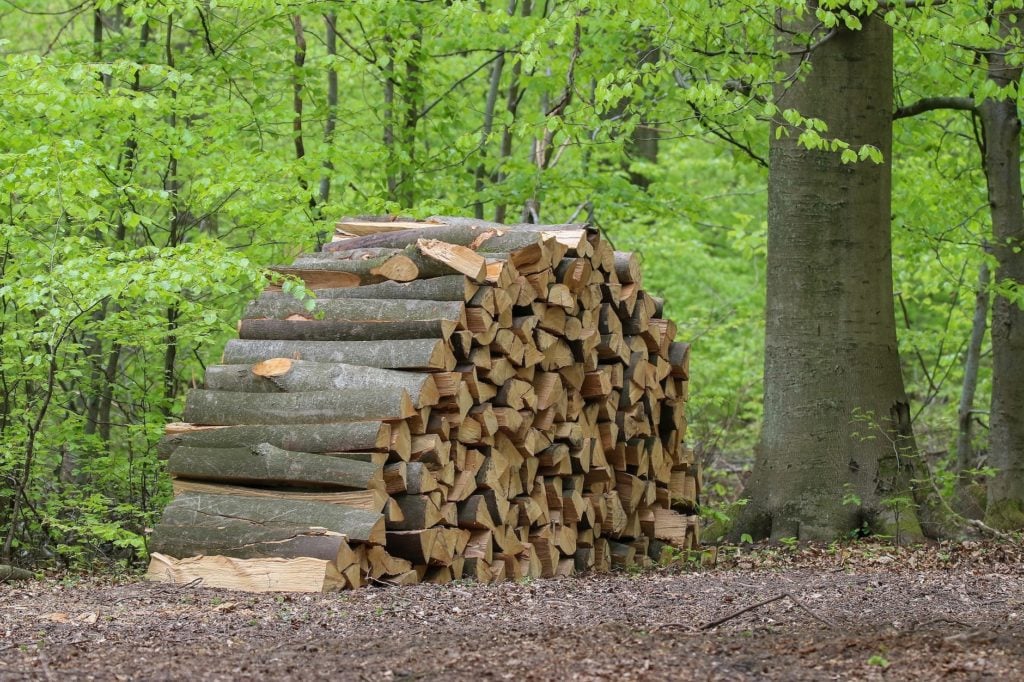
If you have seasoned wood, arranging the woodpile in a slightly haphazard manner can create a cozy winter shelter for wildlife. Leave gaps in the stack, especially near the ground where animals can easily access it and feel secure. Additionally, consider covering the pile with a tarp to protect it from excessive rainfall and provide a windbreak, ensuring the comfort and safety of any wildlife guests.
4. Fallen Logs and Snags
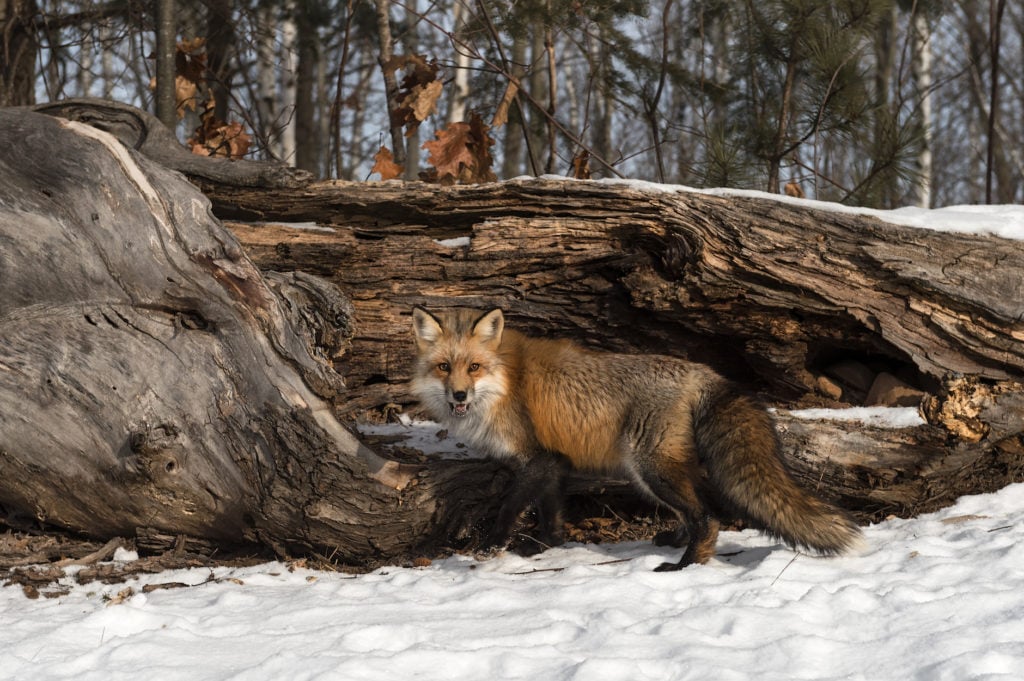
If you have fallen logs or dead trees on your property that aren’t threatening any structures, leaving them intact and undisturbed through the winter can provide easy, natural shelter for many creatures. As logs and snags (the name for dead trees that are left upright to decompose naturally) decay, they will harbor a wide variety of insects and fungi that will be nourishment for other woodland wildlife. As logs and snags decay, they will harbor a wide variety of insects and fungi that will be nourishment for other woodland wildlife.
5. Roost Boxes
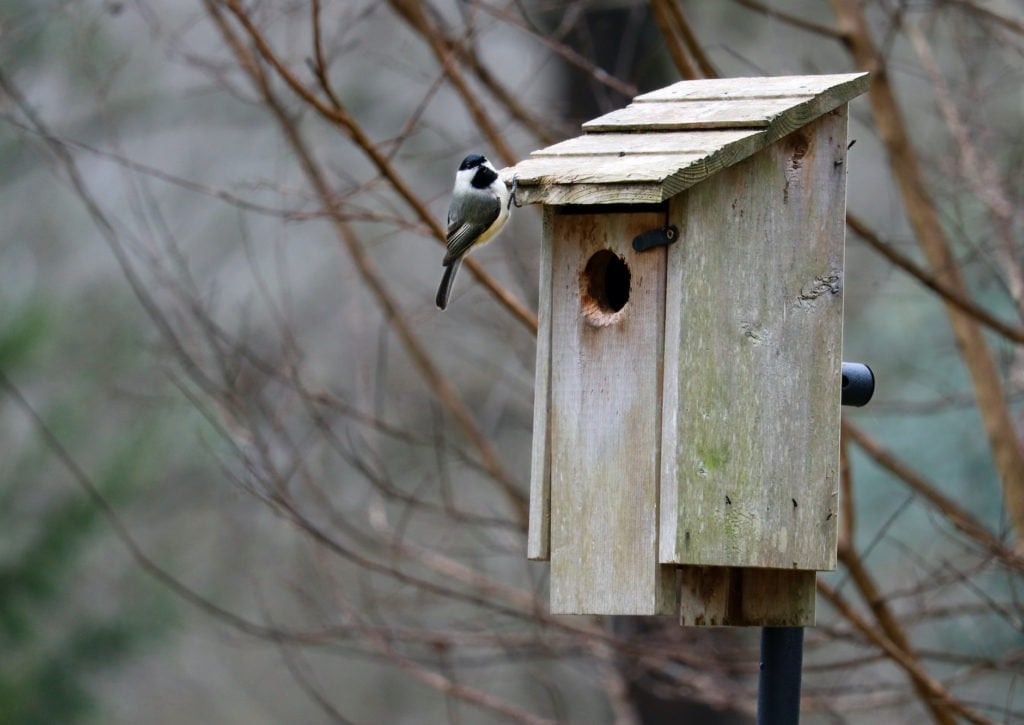
It’s easy to add supplemental roost boxes to your yard to provide instant shelter for winter birds. Roost boxes are a bit larger than birdhouses and have less ventilation to preserve heat. The entrance is lower so rising heat is conserved. Interior perches also provide more space for multiple birds with less risk of smothering. If roost boxes aren’t available, convertible birdhouses are another option, or regular birdhouses could be left up all winter with some extra insulation added to the sides and roof to help protect them better.
6. Discarded Holiday Trees
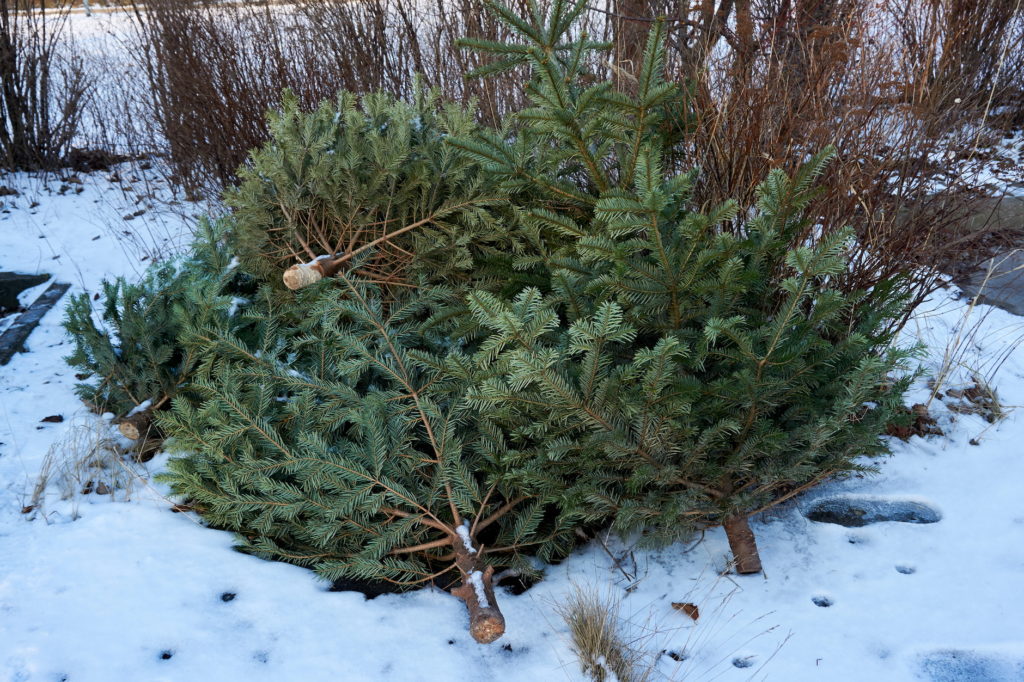
A used Christmas tree can become an instant shelter for winter birds and wildlife. Remove all decorations and simply toss the tree into a sheltered corner of your yard for chilly guests to use. Piling several trees together will create an even more robust pile—ask neighbors to add their trees to the stack to helps winter wildlife.
The more winter shelters you add to your yard, the more of a sanctuary it will be for birds and wildlife, and the healthier and more diverse your local ecosystem will be year-round.
How severe will winter be in your neck of the woods? Check our extended forecast!

Melissa Mayntz
Melissa Mayntz is a writer who specializes in birds and birding, though her work spans a wide range—from folklore to healthy living. Her first book, Migration: Exploring the Remarkable Journeys of Birds was published in 2020. Mayntz also writes for National Wildlife Magazine and The Spruce. Find her at MelissaMayntz.com.






can I use an artificial Christmas tree as a bird shelter
Living in town makes it legally difficult to keep brush piles, fallen logs, and used Christmas tree piles on personal property. Evergreen landscaping and roost boxes are probably OK. Wood piles as pictured in this article might or might not be OK. My impression is that most towns and cities like to have neighborhoods with neat and orderly yards. Having said that, I do like reading the articles, and I appreciate being able to comment on them. Thanks for the info!
Thank you!
You’re welcome, glad you enjoyed the article.